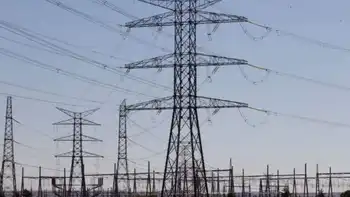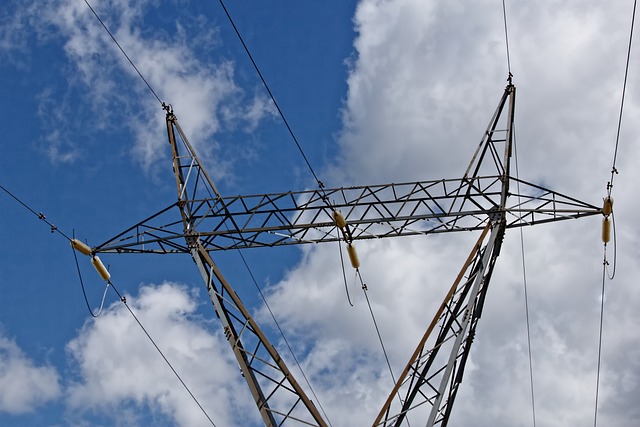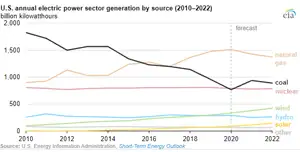Indian grid plagued by power crisis
While the southern, western and eastern regions of the country, including the states of Andhra Pradesh, Assam, Haryana, Karnataka, Kerala, Maharashtra, Punjab and Tamil Nadu, are the worst hit, the northern states of Delhi, Haryana, Himachal Pradesh and Punjab are also in a tight spot. State governments are purchasing more power from the central grid and are also resorting to private power producers for aid.
In June, energy generation of 56,411 million units fell short of the target of 64,037 million units. From April to June, energy generation grew at a rate of 1.89% as opposed to the projected growth rate of 7.07% for the period.
Thermal power projects that were commissioned between 2006 and 2008 generated 2,763 million units of energy as opposed to an aggregate installed capacity of 7,763 million units. Three thermal power projects synchronized in 2006-07 with a total installed capacity of 835 megawatts (MW) and projects with a total installed capacity of 3,060 MW that were commissioned in 2007-08 have failed to achieve commercial operation dates.
Phase I of the Bellary power project in Karnataka and Phase VI of the Kahalgaon project in Bihar were commissioned in 2007-08 but have not generated a single unit of energy.
In May, the 300-MW Sabarigiri hydropower project in Kerala was declared an unsuccessful venture. It is likely to take two years for the project to be revived.
Crippled by a shortage of uranium, the nuclear power plant in Kalpakkam, Tamil Nadu, generates only 190 MW of power as opposed to its capacity of 340 MW. The 210-MW Raichur power station in Karnataka has been rendered defunct by an explosion that took place last month.
In the western state of Gujarat, gas-based power stations are being underutilized because of the unavailability of liquefied natural gas, which has led to a reduction of 500 MW of power in the state. Power stations have been resorting to the use of the more expensive naphtha as fuel. This has raised the unit cost of generation from U.S. 5 cents to U.S. 30 cents.
Although hydropower projects in the southern states have suffered a setback because of little rain, heavy rain is posing issues of a different kind in the north. Rising levels of silt over the permissible levels of 7,500 parts per million in the Sutlej River from heavy monsoon have resulted in the suspension of the 1,500-MW Nathpa Jhakri Power Corporation project in Kinnaur, Himachal Pradesh.
The project had been generating 38 million units of power every day, ensuring a daily supply of 547 MW of power to Himachal Pradesh, 225 MW to Uttar Pradesh, 142 MW to Delhi, 114 MW to Punjab, 112 MW to Rajasthan, 105 MW to Jammu and Kashmir, 64 MW to Haryana, 38 MW to Uttarakhand and 8 MW to Chandigarh.
These states have begun to overdraw from the northern grid. Consequently, the central government has withdrawn the surplus power that was being fed from the northern grid to the southern states.
Even though upcoming power projects are a long-term solution to India's power deficit, state governments are taking immediate steps to curb transmission and distribution losses.
These losses are as low as 30% in Delhi to as high as nearly 100% in Bihar, Bengal and Uttar Pradesh. Load-shedding, scheduled as well as unscheduled, has become the norm even as states grapple with blackouts for at least two hours per day in metro areas and up to 14 hours per day in other regions.
Related News

Saskatchewan to credit solar panel owners, but not as much as old program did
REGINA - Saskatchewan has unveiled a new program that credits electricity customers for generating their own solar power, but it won’t pay as much as an older program did or reimburse them with rebates for their costs to buy and install equipment.
The new net metering program takes effect Nov. 1, and customers will be able to use solar to offset their own power use at the retail rate.
But they will only get 7.5 cents per kilowatt hour credit on their bills for excess energy they put back into the grid, rather than the 14 cents in the previous program.
Dustin Duncan,…





